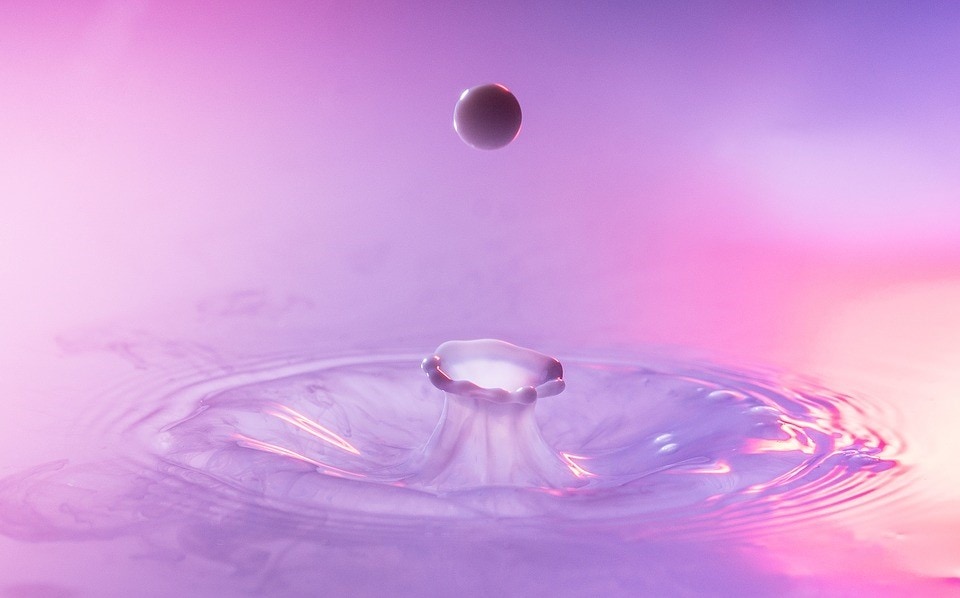Most of us are familiar with the story of Cleopatra and the Pearl Earring but one stumbling block for most people with this story is – do pearls really dissolve in vinegar? Or is this an exaggeration just for dramatic effect?
Many historians have said that pearls don’t dissolve in vinegar and that the entire story was a fabrication by Pliny, who first recorded this legend. Because of how expensive pearls used to be, there was no real way to test this without damaging an invaluable gemstone.
Things have changed since then and we now know much more about how pearls and vinegar react.
Let’s take a look.
What’s the Story All About?

The Banquet of Cleopatra by Giambattista Tiepolo. Cleopatra holds out the pearl over the glass of waiting vinegar.
According to the legend, Cleopatra, last queen of Egypt, wanted to impress Marc Antony, the representative of the Roman Empire, with the amount of Egypt’s wealth. She bet that she could throw the most expensive banquet in history.
At the dinner, Cleopatra took of one of hear pearl earrings and, ordering a cup of strong vinegar, she dropped the pearl into it. Legend has it that the pearl dissolved, she took a sip and Antony admitted defeat.
This colorful story implies several things:
- Cleopatra was a sharp ruler with a knowledge of chemistry
- Mark Antony just hung around and didn’t do much
- Pearls were valued highly in the ancient world
- Pearls dissolve in vinegar
It’s this last point that is problematic and has caused historians to doubt the veracity of this story.
Can Pearls Dissolve in Vinegar?
Theoretically speaking, pearls can dissolve in vinegar. Pearls consist of calcium carbonate while vinegar is acetic acid. When the two are combined, there’s a reaction.
However, while the vinegar can cause damage to the pearl, it doesn’t necessarily dissolve it like aspirin. It could take from several minutes to hours to even days, and even then the pearl may still not be completely dissolved.
To get a good reaction rate, you should have one of the following scenarios:
- The vinegar is highly concentrated
- The vinegar is heated up
- The pearl has been powdered
In either of these cases, the reaction speeds up and the pearl would dissolve in minutes/hours instead of days depending on the pearl composition.
Pearls with softer nacre like freshwater pearls, would react faster to the solution while pearls with compact nacre layers like South Sea would take longer.
Did the Cleopatra Vinegar Pearl Story Really Happen?
With this in mind, we can assume that the Cleopatra story may not be exactly as legend states. Here are some likely alternatives:
- The story has been exaggerated for dramatic effect with events blown up to be interesting
- The story has been compressed for dramatic effect with events not occurring in that exact order
- Cleopatra had pre-soaked the pearl before the dinner to soften it up and hasten its dissolution
- Cleopatra actually crushed the pearl into powder, as some variations of the story suggest
- She drank the pearl vinegar cocktail with the pearl only partly dissolved
- She hid the pearl using sleight of hand and tricked Marc Antony into thinking it had dissolved
We’ll never know whether this story actually occurred as Pliny described it. But what we do know now is that pearls can melt in vinegar.
Checking Pearl Authenticity – The Vinegar Pearl Test

One thing we can take from this story is that vinegar is an excellent way to tell if a pearl is real. In fact, many experts recommend using vinegar on a pearl to test its authenticity, as long as you don’t mind the pearl getting damaged.
We wouldn’t recommend doing this on a single valuable South Sea pearl, for example. Let’s say you’ve bought a strand of pearls and you don’t mind sacrificing one to test if the strand is authentic.
Either submerge the pearl in vinegar or place a drop of vinegar on the pearl and watch carefully. The pearl’s calcium carbonate and the vinegar’s acetic acid will cause a reaction, resulting in bubbles appearing on the surface.
One last thing – always keep your pearls away from acidic substances, including acidic water, to maintain the pearl’s luster and beauty. Even basic things like salad dressing can cause damage to your pearls unless you wash or wipe them straightaway.


